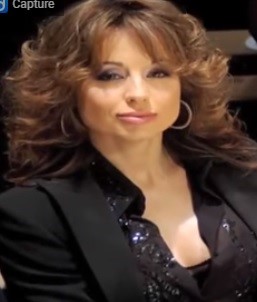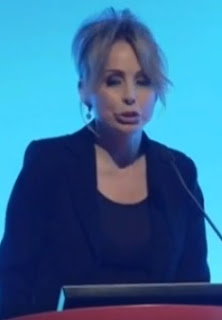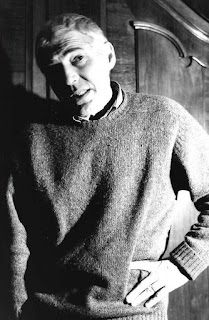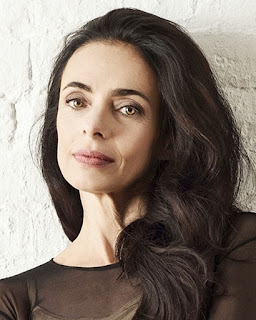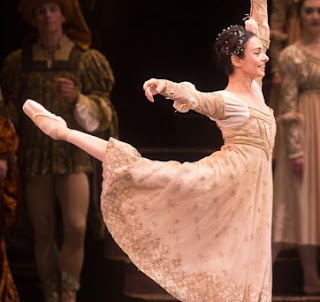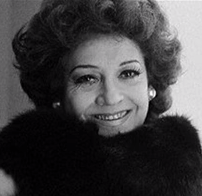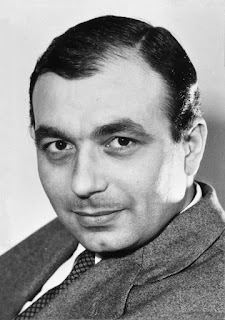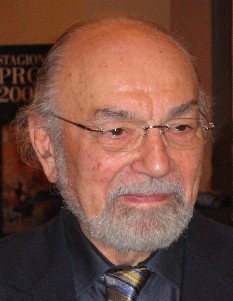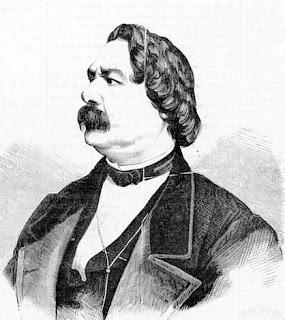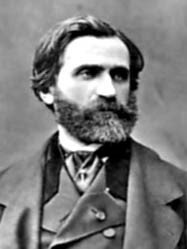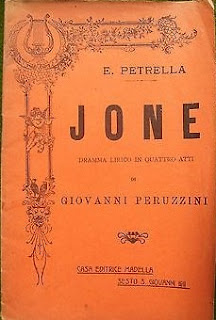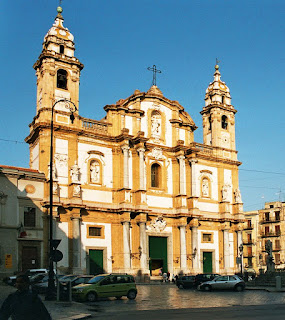Entrepreneur who ‘discovered’ the great Giacomo Puccini
 |
| Giulio Ricordi took over Casa Ricordi from his father in 1888 |
Casa Ricordi was founded by Giulio’s grandfather Giovanni in 1808 and remained in the family when Giovanni died in 1853 and his son, Tito - Giulio's father - took the helm.
Giulio became involved in 1863 after a distinguished military career in the special infantry corps known as the Bersaglieri. He had enrolled as a volunteer with the outbreak of the Second Italian War of Independence in 1859. He took part in the Siege of Gaeta and, after receiving a medal for military valour, was promoted to lieutenant.
During breaks in military activity, Giulio, a keen composer from an early age under the pseudonym of Jules Burgmein, wrote pieces of music, one of which was intended as a national anthem dedicated to Victor Emmanuel II of Savoy, but which was instead adopted as the anthem of the Bersaglieri.
 |
| Ricordi fostered the career of the great composer Puccini |
With Giulio alongside Tito, the firm added branches in Naples, Florence, Rome, Palermo, London and Paris to the headquarters in Milan, which were in a building next door to the city’s famous theatre, Teatro alla Scala.
When Tito died in 1888, Giulio became the head of Casa Ricordi.
Giulio increased the prestige of the company by publishing a number of respected music magazines in addition to the core business of publishing music, and it was down to his encouragement that Verdi came out of retirement in his late 70s, culminating in his two late masterpieces, Otello and Falstaff.
He also enthusiastically promoted younger composers he felt had the potential to make an impact. These included Amilcare Ponchielli, Alfredo Catalani, Carlos Gomes and Umberto Giordano as well as Puccini.
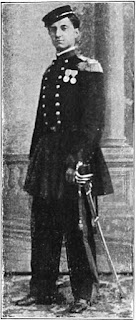 |
| Ricordi had a noted career in the army as a young man |
Under his stewardship, Casa Ricordi flourished and Giulio invested his wealth in a handsome mansion, the Villa Margherita Ricordi, which he had built on the shore of Lake Como at Cadenabbia di Griante, with a beautiful garden plentifully stocked with rhododendrons and azaleas. Verdi was a regular visitor.
Giulio, who was was appointed Commander of the Order of the Crown of Italy by Umberto I, died in 1912, handing control of the company to his son, Tito II.
In 2016, a statue of Giulio Ricordi by Luigi Secchi, paid for from a subscription fund started by Puccini and another composer, Arrigo Boito, shortly before his death, and which originally stood in the courtyard of Casa Ricordi’s headquarters, the Casino Ricordi, in Via Berchet, was placed in front of the building in Largo Ghiringhelli.
| The shoreline at Cadenabbia di Griante, a village on the western side of the picturesque Lake Como |
Griante, where Ricordi built his sumptuous villa, is a village on the western shore of Lake Como about 25km (16 miles) northeast of the town of Como between Tremezzo and Menaggio. Situated at the widest part of the lake, just above the point at which it divides into two legs, the other one being Lago di Lecco, Griante is linked by ferry with Bellagio and Varenna on the other side of the lake. Griante sits about 50m (165ft) above lake level, on a wide plateau. The portion of the village at water level is known as Cadenabbia di Griante.
 |
| The Casino Ricordi, as it was known, is the building that adjoins Teatro alla Scala in Milan |
The Casino Ricordi, as it became known, was originally a venue for receptions and dances associated with the Teatro alla Scala, built by the same architect, Giuseppe Piermarini, who was commissioned to design the theatre in 1776. The building was rented from 1850 by Casa Ricordi and remained the company’s headquarters until 1913. Nowadays it houses La Scala’s museum.
More reading:
Puccini, the musical genius who took the baton from Verdi
Giuseppe Verdi - how Italy mourned the loss of a national symbol
How La Gioconda put Amilcare Ponchielli on the map
Also on this day:
1861: The birth of writer Italo Svevo
1966: The birth of skier Alberto Tomba
1922: The death of journalist Gianni Brera
Home






